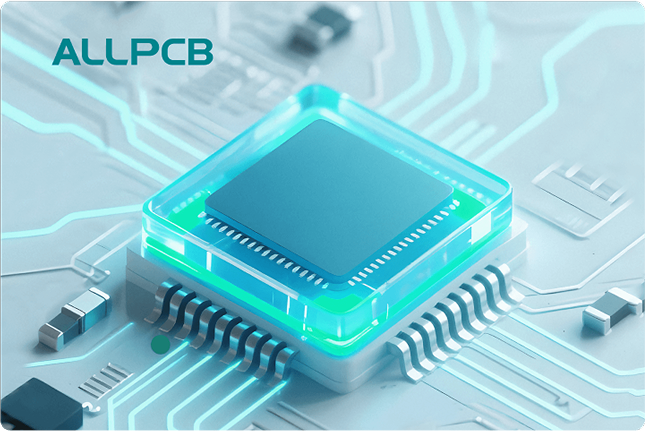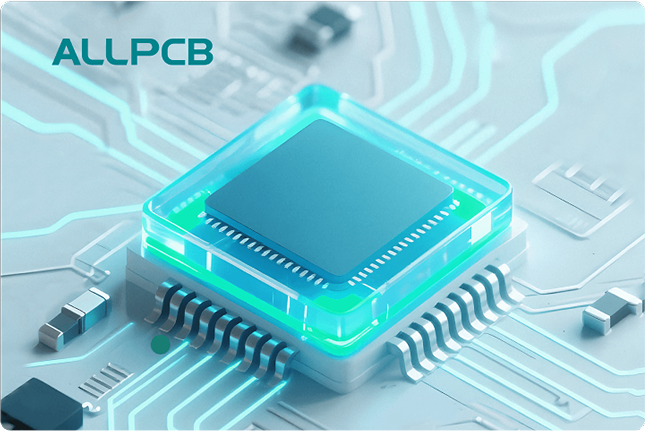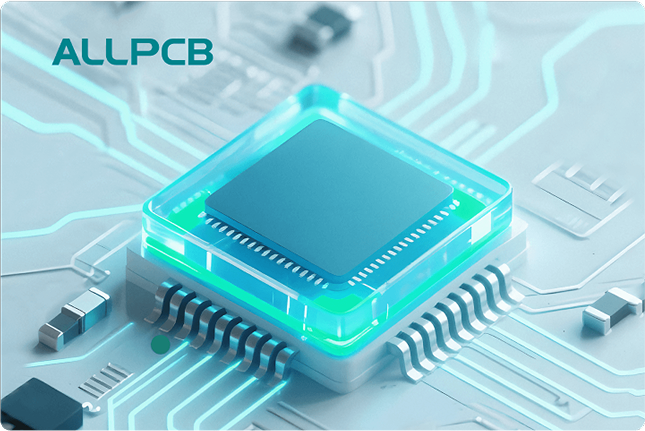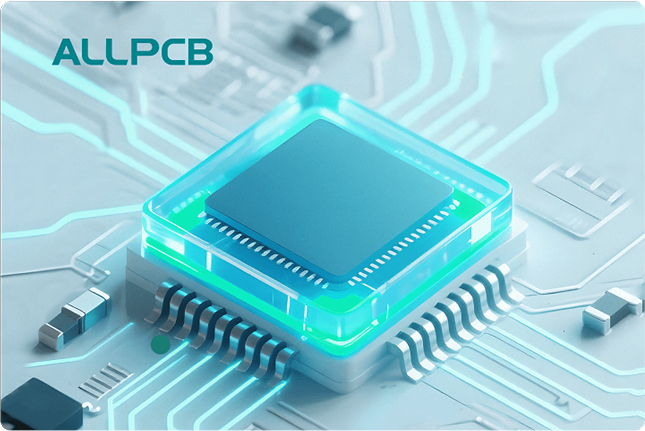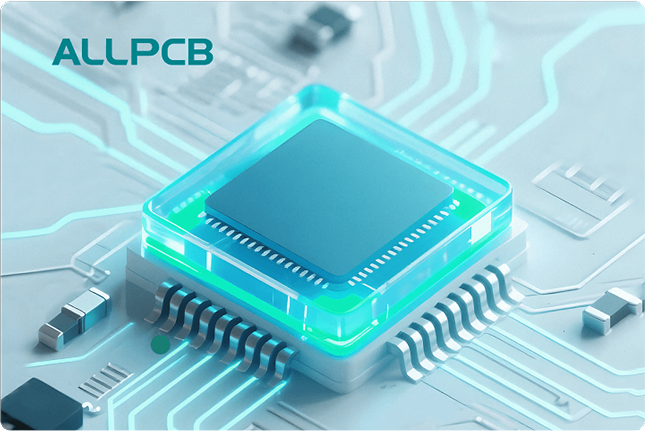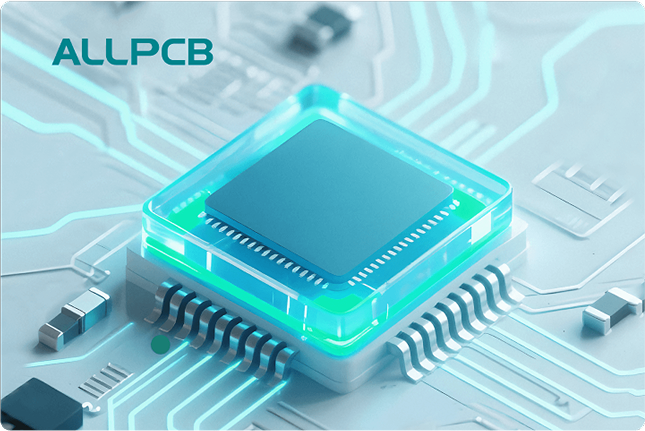When it comes to PCB prototyping, choosing the right solder paste dispenser can make or break your project. If you're debating between a manual solder paste dispenser and an automated solder paste dispenser, the quick answer is: it depends on your project scale, budget, and precision needs. Manual dispensers are cost-effective and ideal for small-scale or hobbyist projects, while automated dispensers offer speed, accuracy, and consistency for larger batches or professional-grade work. In this blog, we’ll dive deep into a solder paste dispensing comparison to help you decide which method suits your PCB prototyping solder paste needs best. Let’s explore the pros, cons, and key considerations of both solder paste application methods.
Introduction to Solder Paste Dispensing in PCB Prototyping
Solder paste is a critical component in surface-mount technology (SMT) for PCB assembly. It’s a mixture of tiny solder particles and flux that helps attach components to the board during the reflow process. Applying solder paste accurately is essential for ensuring strong connections and avoiding defects like bridging or insufficient solder joints. Whether you’re a hobbyist working on a single prototype or a professional handling multiple boards, the method you choose for PCB prototyping solder paste application can impact your results.
There are two primary approaches: manual and automated dispensing. A manual solder paste dispenser typically involves a syringe or handheld tool, giving you direct control over the application. On the other hand, an automated solder paste dispenser uses machinery to apply paste with precision, often integrated into a production line. Let’s break down these solder paste application methods to see how they stack up for prototyping.
What is a Manual Solder Paste Dispenser?
A manual solder paste dispenser is a simple tool, often a syringe filled with solder paste, that you operate by hand. You squeeze the plunger to push out small amounts of paste onto the PCB pads. These dispensers are widely used by hobbyists and small-scale prototypers due to their low cost and ease of use.
Advantages of Manual Solder Paste Dispensers
- Low Cost: Manual dispensers are affordable, often costing between $10 to $50 for a basic syringe setup. This makes them accessible for beginners or those on a tight budget.
- Portability: They’re lightweight and don’t require power sources or complex setups, so you can use them anywhere.
- Control: You have full control over the amount of paste applied, which can be helpful for unique or irregular PCB designs.
- Ideal for Small Projects: If you’re working on one or two boards with components down to 0805 size (2.0mm x 1.25mm), a manual dispenser can get the job done.
Disadvantages of Manual Solder Paste Dispensers
- Inconsistency: Achieving uniform paste application is challenging, especially with fine-pitch components (e.g., 0.5mm pitch ICs). Uneven pressure can lead to too much or too little paste.
- Time-Consuming: For boards with dozens or hundreds of pads, manually dispensing paste becomes tedious and slow.
- Physical Strain: Applying paste with a syringe for extended periods can cause hand fatigue, especially with high-viscosity pastes or small dispensing tips (e.g., 22-gauge needles).
What is an Automated Solder Paste Dispenser?
An automated solder paste dispenser is a machine designed to apply solder paste with precision and speed. These systems range from desktop units for small-scale production to fully integrated machines for high-volume manufacturing. They often use pneumatic or motorized mechanisms to control paste flow and can be programmed for specific patterns.
Advantages of Automated Solder Paste Dispensers
- Precision: Automated systems can deposit consistent amounts of paste, even for ultra-fine pitch components (e.g., 0.3mm pitch). This reduces defects like solder bridges or open circuits.
- Speed: These machines can apply paste to hundreds of pads in minutes, significantly faster than manual methods. For instance, a mid-range desktop dispenser might process a 100mm x 100mm board in under 5 minutes.
- Repeatability: Once programmed, an automated dispenser ensures the same results across multiple boards, which is crucial for batch prototyping.
- Reduced Fatigue: Automation eliminates the physical strain of manual application, allowing you to focus on other tasks.
Disadvantages of Automated Solder Paste Dispensers
- High Cost: Automated systems can range from $500 for basic models to over $10,000 for advanced setups, making them a significant investment.
- Learning Curve: Operating and programming these machines requires technical know-how and time to master.
- Space and Setup: They often need a dedicated workspace and sometimes additional equipment like compressed air or software integration.
Solder Paste Dispensing Comparison: Key Factors for PCB Prototyping
Now that we’ve covered the basics of both methods, let’s dive into a detailed solder paste dispensing comparison to help you decide which is right for your PCB prototyping solder paste application. We’ll look at critical factors like project scale, precision needs, budget, and more.
1. Project Scale and Volume
If you’re a hobbyist or working on a single prototype with fewer than 50 components, a manual solder paste dispenser is usually sufficient. It’s slow but manageable for small tasks. However, if you’re prototyping multiple boards or dealing with high component counts (e.g., over 100 pads per board), an automated solder paste dispenser saves hours of work. For example, manually dispensing paste for a board with 200 pads might take 30-60 minutes, while an automated system could complete it in under 10 minutes.
2. Precision and Component Size
Modern PCBs often include tiny components with fine pitches, such as 0402 resistors (1.0mm x 0.5mm) or QFN packages with 0.4mm pin spacing. Manual dispensing struggles to achieve the accuracy needed for these parts, often resulting in excess paste or misalignment. Automated dispensers excel here, offering dot sizes as small as 0.2mm in diameter with repeatability within ±0.01mm, ensuring reliable soldering.
3. Budget Constraints
Your budget plays a big role in this decision. A basic manual solder paste dispenser setup, including a syringe and tips, might cost less than $30. In contrast, even entry-level automated dispensers start at around $500, with professional-grade models reaching thousands. If cost is a concern and precision isn’t critical, manual dispensing is the way to go. For professionals or businesses, the investment in automation often pays off through time savings and fewer defects.
4. Time Efficiency
Time is money, especially in prototyping where quick iterations are key. Manual dispensing can be a bottleneck, taking up to an hour for complex boards. Automated systems drastically cut this down, with some machines applying paste at rates of 10-20 dots per second. If rapid turnaround is essential for your project, automation is worth considering.
5. Skill Level and Ease of Use
Manual dispensers require minimal setup—just load the syringe and start applying. However, they demand a steady hand and practice to avoid mistakes. Automated dispensers, while more complex to set up and program, reduce the need for manual skill once configured. If you’re new to PCB prototyping solder paste application, starting with a manual tool might be less intimidating.
Exploring Solder Paste Application Methods Beyond Dispensers
While this blog focuses on manual and automated dispensers, it’s worth mentioning other solder paste application methods that might suit your prototyping needs. These alternatives can complement or replace dispensing in certain scenarios.
Stencil Printing
Stencil printing uses a thin metal or plastic stencil with cutouts matching the PCB pads. You spread solder paste across the stencil with a squeegee, depositing paste only where needed. This method is faster than manual dispensing for medium to large boards and offers good consistency. However, it requires a custom stencil for each PCB design, which can cost $20-100 per board layout, and isn’t practical for one-off prototypes.
Jet Dispensing
Jet dispensing is a high-end automated method where solder paste is shot onto pads in precise micro-dots, often at speeds of 200 dots per second. It’s incredibly accurate and flexible, as it doesn’t require stencils. However, jet dispensers are expensive (often over $10,000) and typically used in large-scale production rather than prototyping.
For most prototypers, choosing between manual and automated dispensing strikes the best balance of cost, control, and efficiency. Still, knowing these other methods can help you scale up as your needs grow.
Tips for Effective Solder Paste Application in PCB Prototyping
Whether you choose a manual solder paste dispenser or an automated solder paste dispenser, here are some practical tips to ensure success in your PCB prototyping solder paste process:
- Choose the Right Paste: Use a solder paste with the appropriate particle size for your components. For fine-pitch parts (below 0.5mm), opt for Type 4 or Type 5 paste with smaller particles (20-38 microns).
- Control Environment: Work in a clean, temperature-controlled space (ideally 20-25°C) to prevent paste from drying out or becoming too viscous.
- Test First: Before applying paste to your final board, test your technique or machine settings on a scrap PCB to avoid costly mistakes.
- Storage Matters: Store solder paste in a refrigerator (2-10°C) to extend shelf life, and let it reach room temperature before use to ensure smooth flow.
- Clean Tools: Regularly clean dispensing tips or machine nozzles to prevent clogs and ensure consistent application.
Which Solder Paste Dispenser Should You Choose?
Deciding between a manual solder paste dispenser and an automated solder paste dispenser for PCB prototyping solder paste application boils down to your specific needs. If you’re just starting out, working on small projects, or constrained by budget, a manual dispenser offers a low-cost, hands-on solution. It’s perfect for learning the ropes and handling simple designs with larger components.
On the other hand, if you’re prototyping multiple boards, dealing with fine-pitch components, or prioritizing speed and consistency, an automated solder paste dispenser is the better choice. While the upfront cost is higher, the time savings and improved quality can justify the investment, especially for professional or semi-professional work.
Ultimately, both solder paste application methods have their place in PCB prototyping. Assess your project requirements, budget, and long-term goals to make the right decision. As technology advances, even affordable automated solutions are becoming more accessible, so keep an eye on new tools that might bridge the gap between manual and automated dispensing.
Conclusion
In the world of PCB prototyping, solder paste dispensing is a crucial step that demands the right tools for the job. This solder paste dispensing comparison highlights the strengths and weaknesses of manual and automated dispensers, helping you navigate your options. A manual solder paste dispenser shines for its simplicity and affordability, while an automated solder paste dispenser stands out for precision and efficiency. By understanding your project’s scale, precision needs, and budget, you can confidently choose the best method for applying PCB prototyping solder paste.
At ALLPCB, we’re committed to supporting your prototyping journey with resources and insights. Whether you’re tweaking a single board or scaling up production, mastering solder paste application methods is a step toward better results. Take the time to evaluate your needs, and you’ll find the perfect tool to bring your PCB designs to life.
 ALLPCB
ALLPCB


